The Larapinta Trail, in the heart of Australia’s Red Centre, is a hiker’s and nature lover’s dream. Beyond the stunning desert landscape, it’s also a bird watcher’s paradise with many species of birds thriving in the MacDonnell Ranges bio-region. Whether you’re an experienced bird watcher or a casual observer, grab your binoculars and join us as we look at some of the amazing birds you might see on the Larapinta Trail and nearby at Ormiston Gorge and Birthday Waterhole.
Bird Watching on the Trail
Bird-watching on the Larapinta Trail is a real adventure as the arid landscape is home to some remarkable birds adapted to the harsh desert environment. The best times for birding are early mornings and late afternoons when birds are most active. You’ll see birds soaring over the MacDonnell Ranges, perched on eucalyptus trees or hopping through spinifex grass in shrub thickets. Binoculars and a camera are must-haves for this adventure as many of these birds are native wildlife unique to the Australian outback. Bird gatherings are common around permanently watered areas, and flocks at water holes are great for wildlife watching.
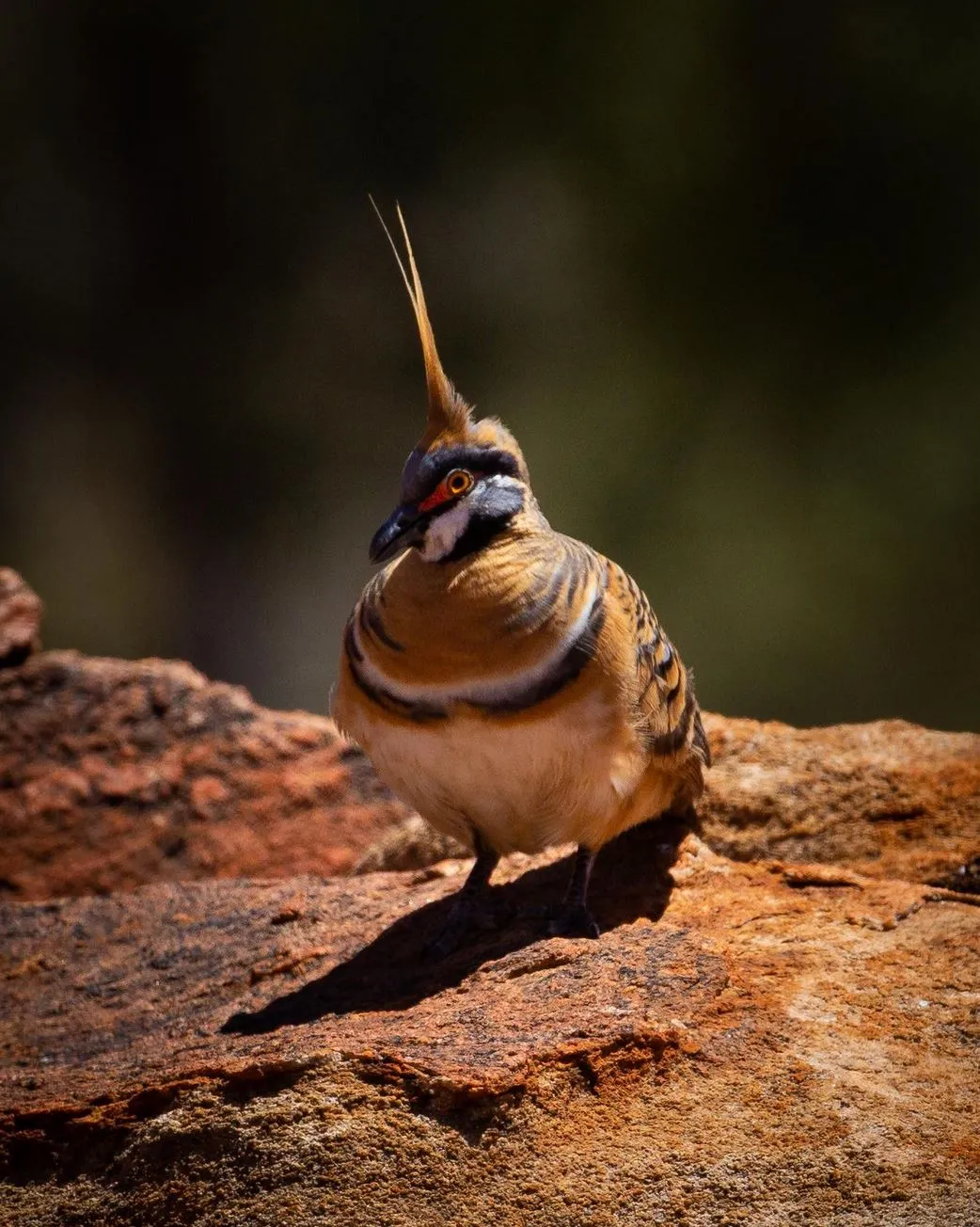
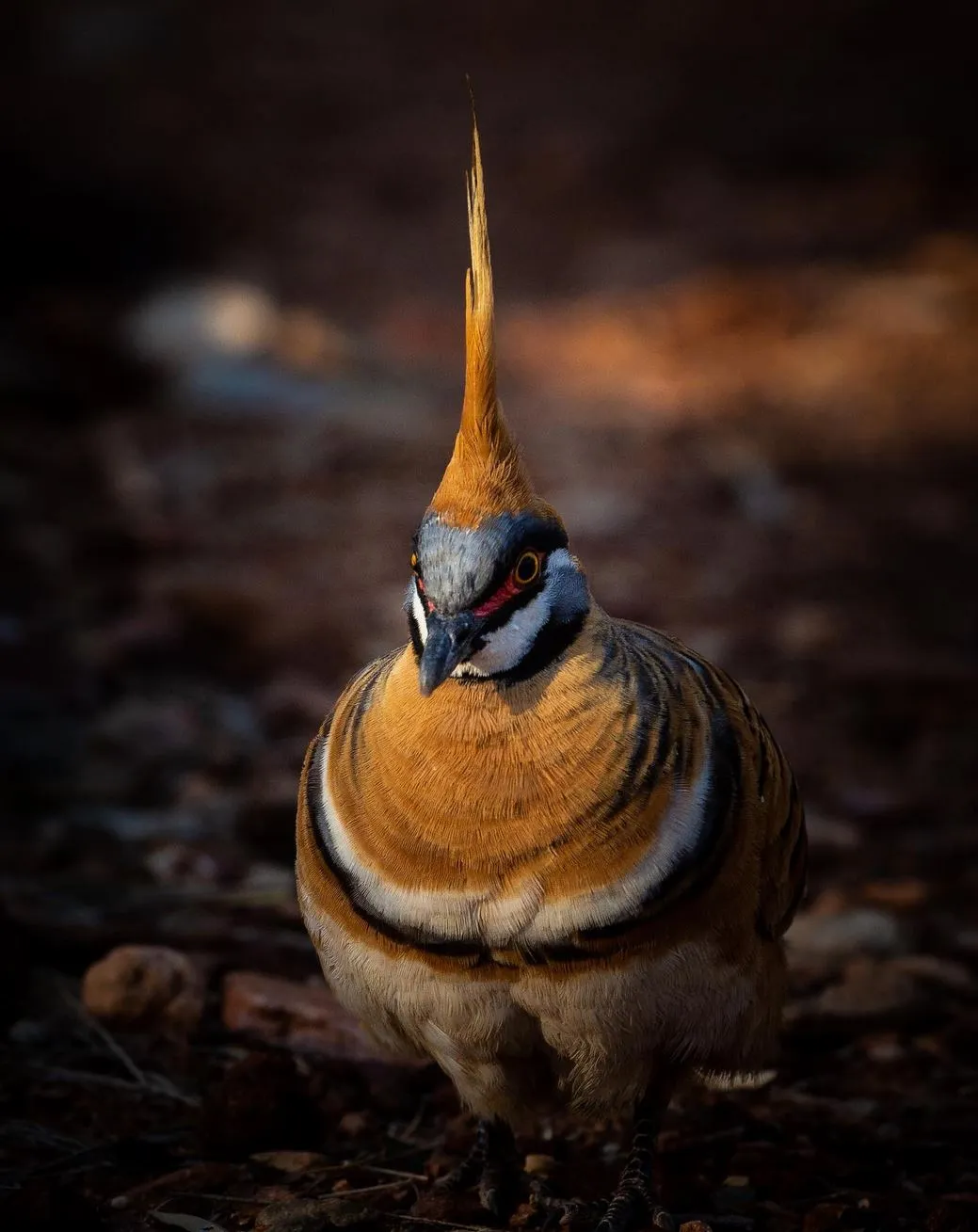
Spinifex Pigeon (Geophaps plumifera)
Bird-watching on the Larapinta Trail is a real adventure as the arid landscape is home to some remarkable birds adapted to the harsh desert environment. The best times for birding are early mornings and late afternoons when birds are most active. You’ll see birds soaring over the MacDonnell Ranges, perched on eucalyptus trees or hopping through spinifex grass in shrub thickets. Binoculars and a camera are must-haves for this adventure as many of these birds are native wildlife unique to the Australian outback. Bird gatherings are common around permanently watered areas, and flocks at water holes are great for wildlife watching.
Spinifex Pigeon (Geophaps plumifera)
One of the most iconic outback birds, the Spinifex Pigeon is a little bird that lives on the ground with striking plumage of rufous-brown, black-and-white facial markings and a long crest. You’ll see them foraging on rock or spinifex near waterholes.
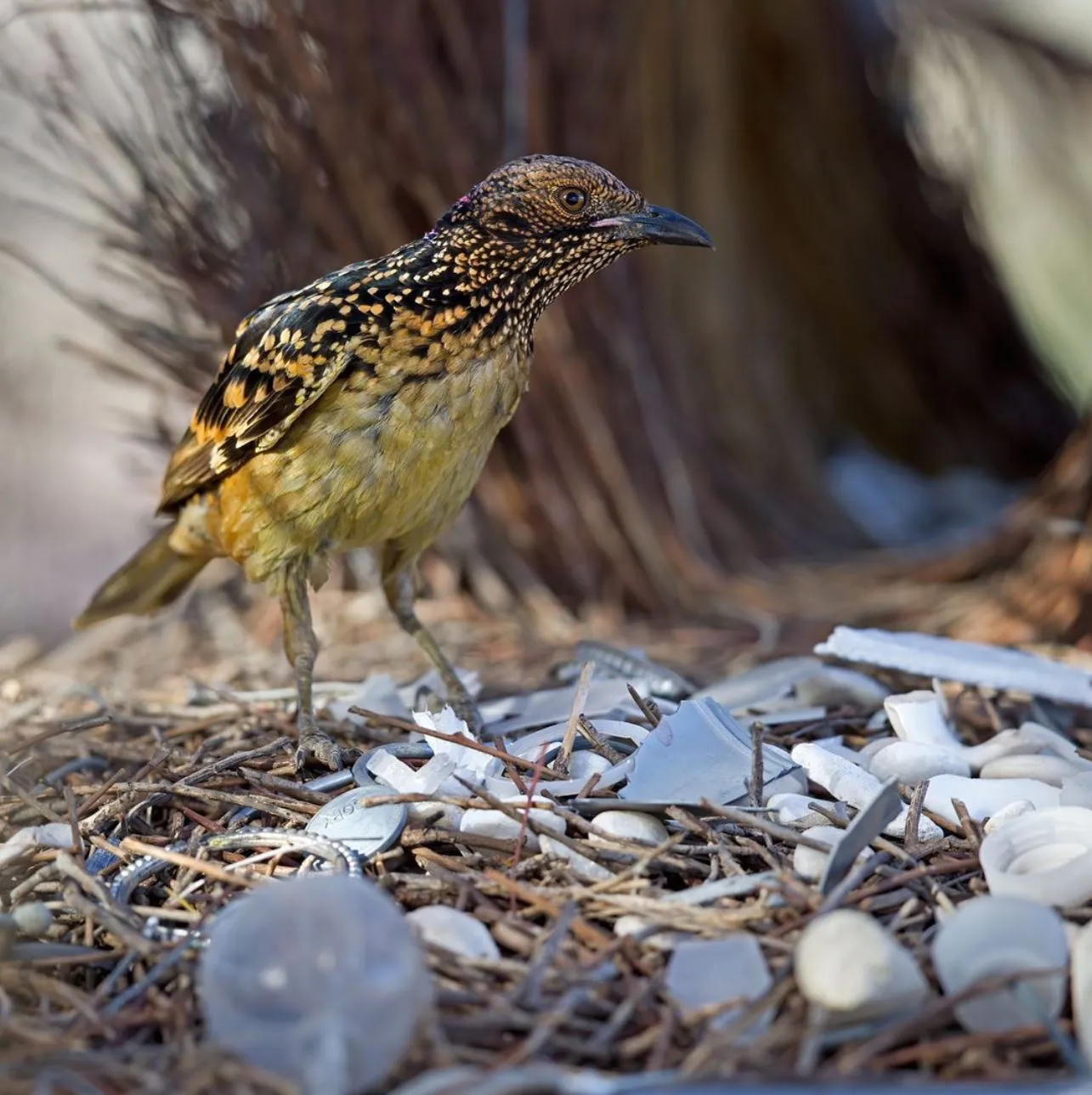
Western Bowerbird (Chlamydera guttata)
Famous for their elaborate courtship display. Males build intricate bowers with shells, bones and other trinkets to attract a mate. They have brown spots on their body and a pinkish-red patch on their nape and are often seen around riverbanks, rocky outcrops and woodlands along the trail, especially in eucalyptus trees.
Painted Finch (Emblema pictum)
A gem of the Larapinta Trail, the Painted Finch is a beautiful bird with deep red face and breast markings against a black and white speckled body. They’re often seen near permanent waterholes, early morning or late afternoon when they come to drink in flocks at waterholes.
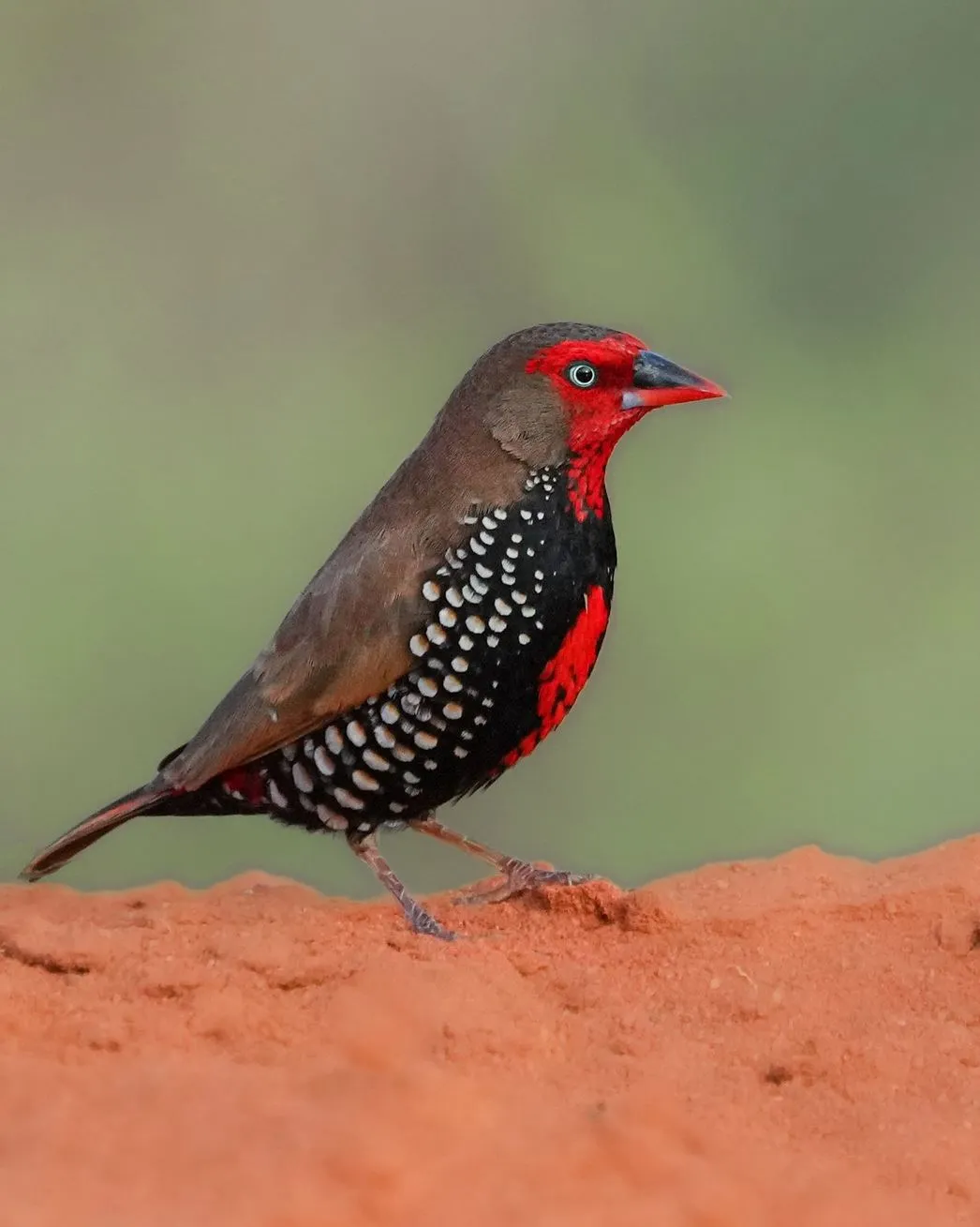
Yellow-Throated Miner
A social bird, the Yellow Throated Miner (Manorina flavigula) is often seen in small groups calling to each other. They’re easy to spot with pale grey plumage, yellow underbody and black facial markings. They dart through trees and shrubs along the trail looking for nectar, insects and fruit. A colourful burst of life in the arid and semi-arid.
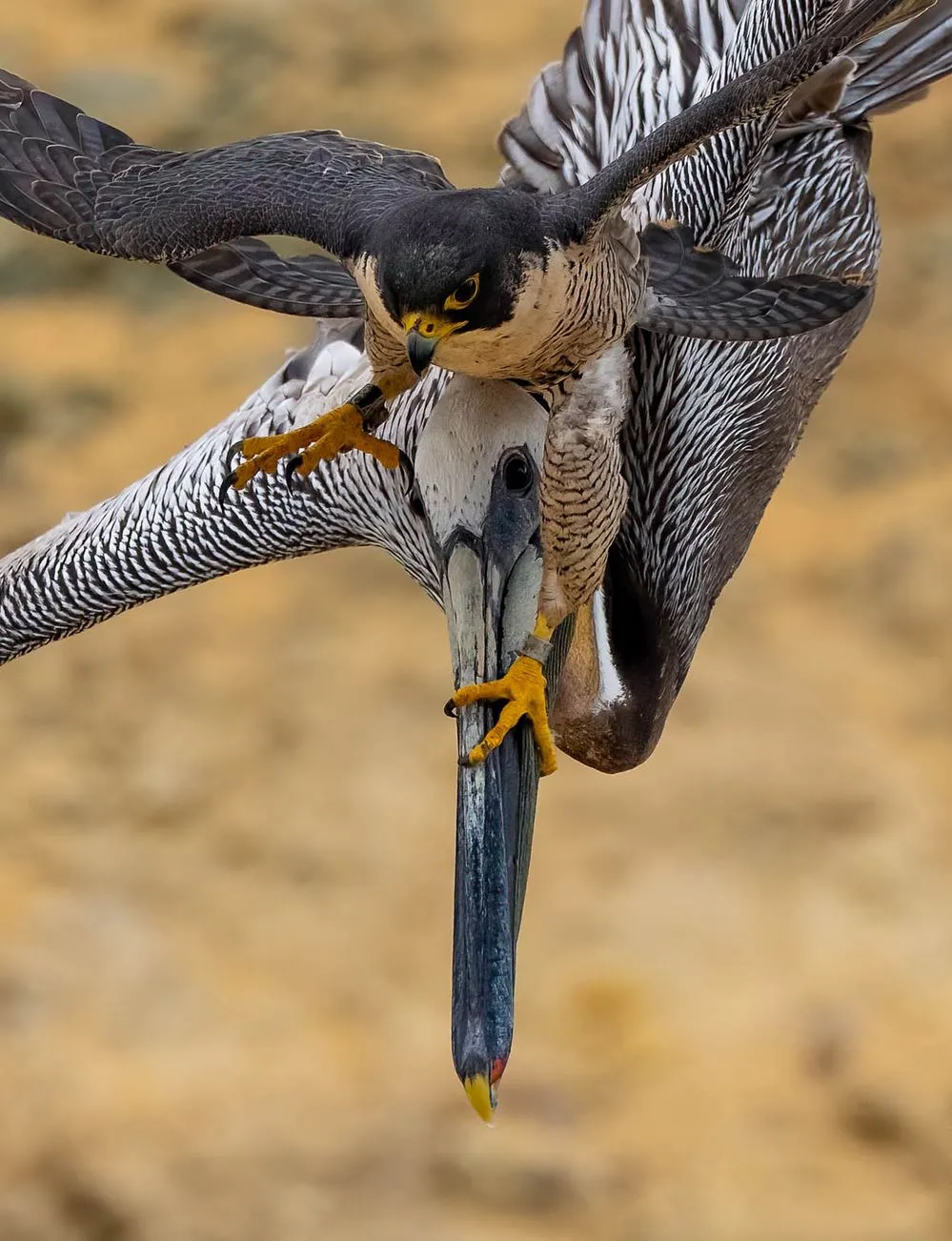
Peregrine Falcon (Falco peregrinus)
The world’s fastest bird, the Peregrine Falcon is a thrill to see for any wildlife enthusiast. They can be seen soaring high above the rocks, using their exceptional eyesight to scan for prey before diving at incredible speed. Keep an eye out for them around the cliffs and gorges along the trail.
Australian Owlet-nightjar (Aegotheles cristatus)
A master of disguise, the Australian Owlet-nightjar spends the day hiding in tree hollows and rocky crevices. While they are more often heard than seen, their loud whistling calls are a great bonus while camping overnight on the trail.
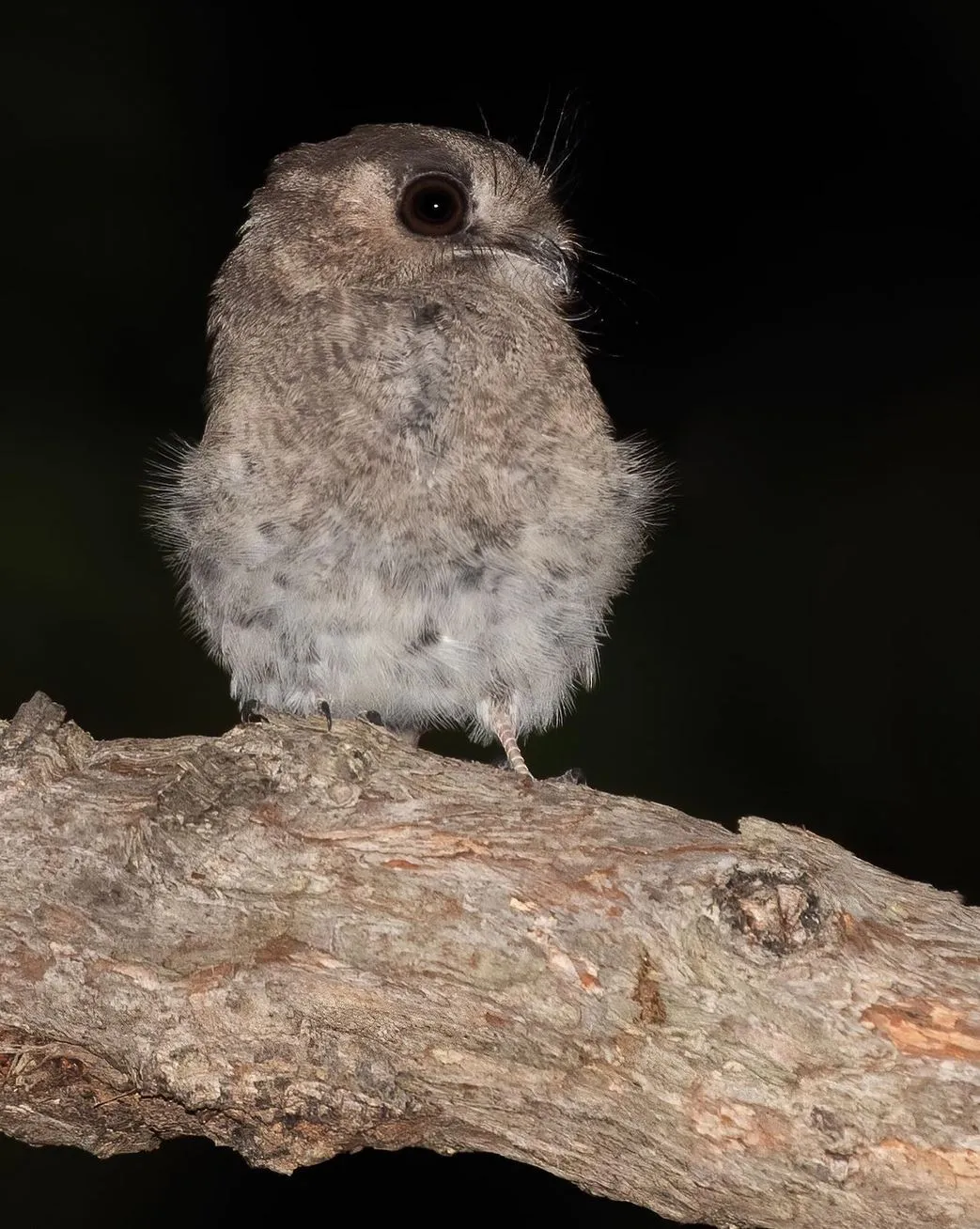
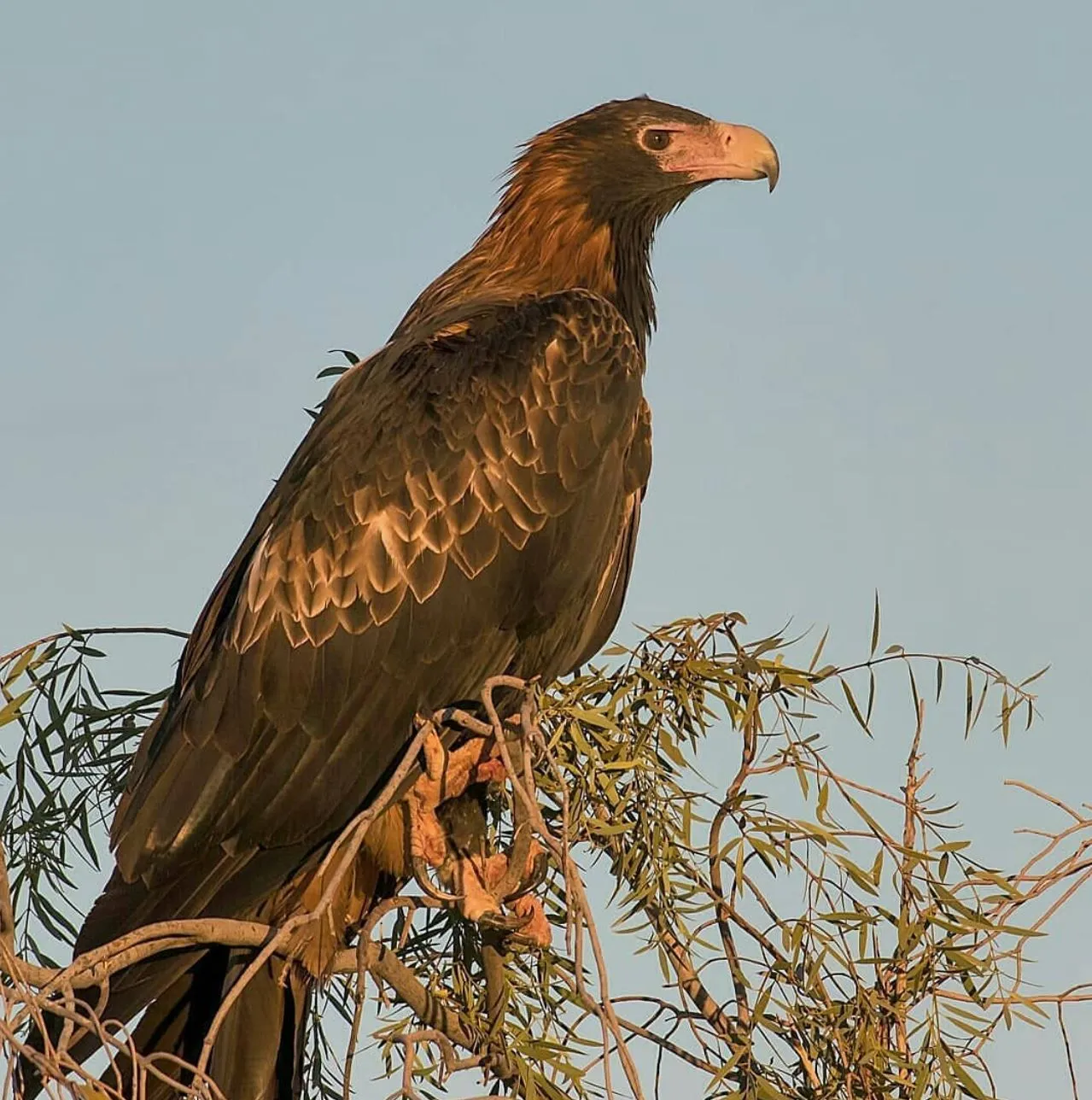
Black-breasted Buzzard (Hamirostra melanosternon)
This big scavenger bird has powerful wings and can crack open emu eggs with rocks. Black-breasted Buzzards are often seen gliding over open spaces and rugged country and are a great sight against the Central Ranges backdrop. With their broad wings and rounded tails they are one of the most adapted raptors in arid country.
Splendid Fairy-wren (Malurus splendens)
One of Australia’s most beautiful birds, the Splendid Fairy-wren lives up to its name with its bright blue plumage and playful nature. These little birds are often found flitting through shrubs and dense forest patches especially in riverine areas of the trail.
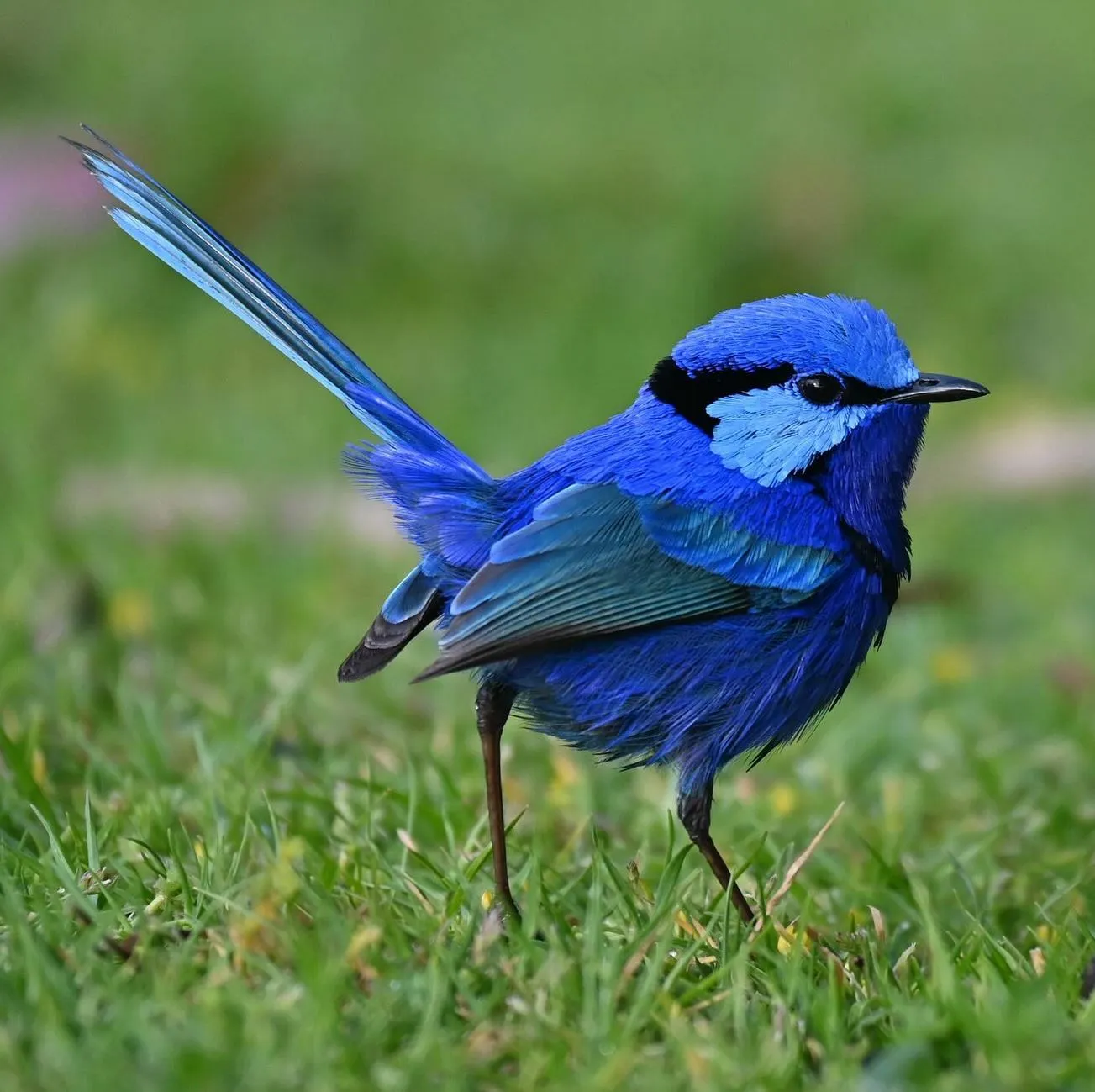
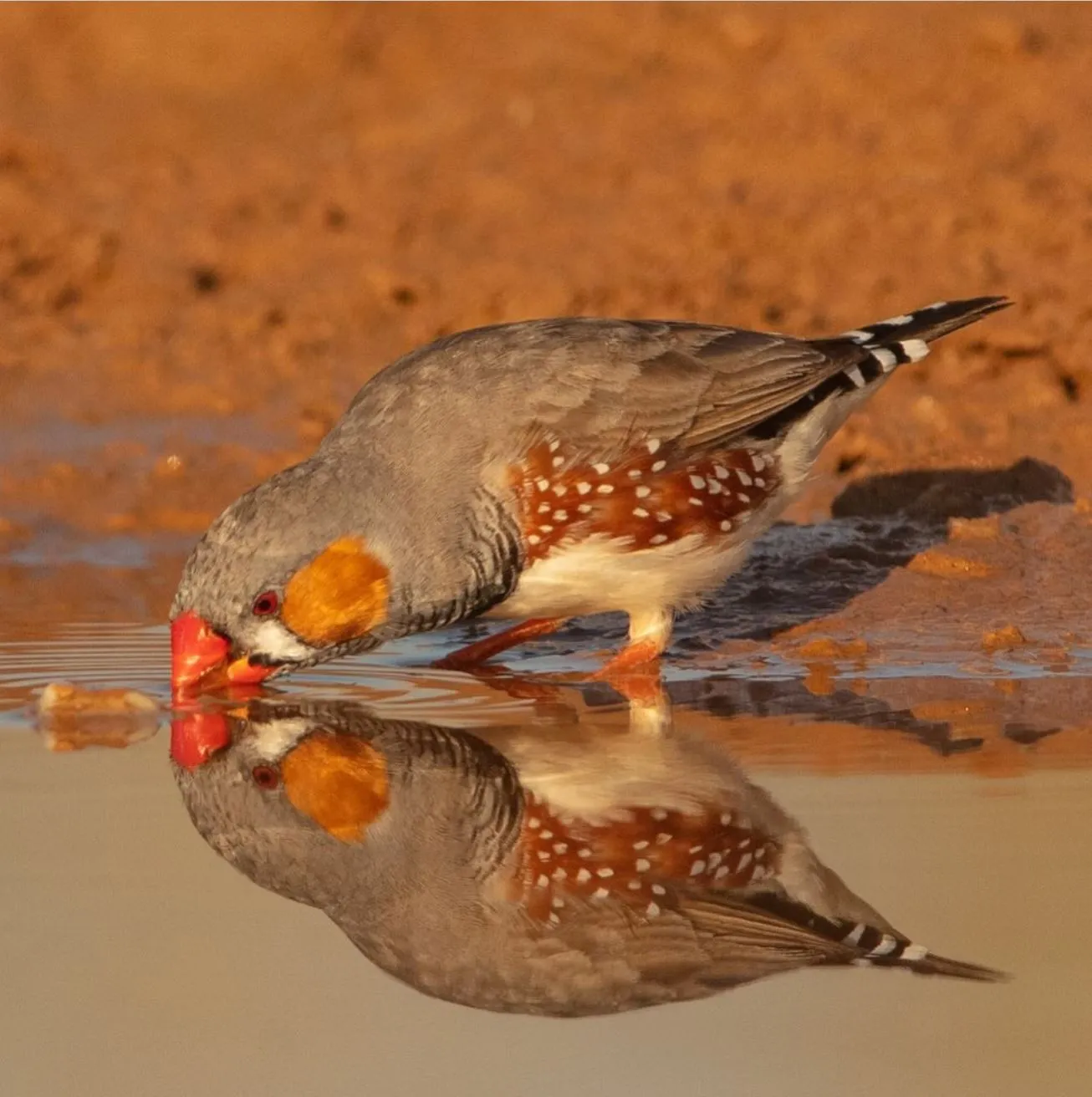
Zebra Finch (Taeniopygia guttata)
A common and lovely bird, the Zebra Finch is easy to spot with its orange beak, zebra-striped tail and cheerful chirping. These social birds gather in flocks at water holes and are a staple of the arid central Australian landscape where they can be found near food waste and natural water sources.
Major Mitchell’s Cockatoo (Lophochroa leadbeateri)
With its pink and white plumage and elegant crest, the Major Mitchell’s Cockatoo is one of the prettiest birds you’ll see on the Larapinta Trail. They like woodlands and are often seen in pairs adding colour to the outback wilderness.
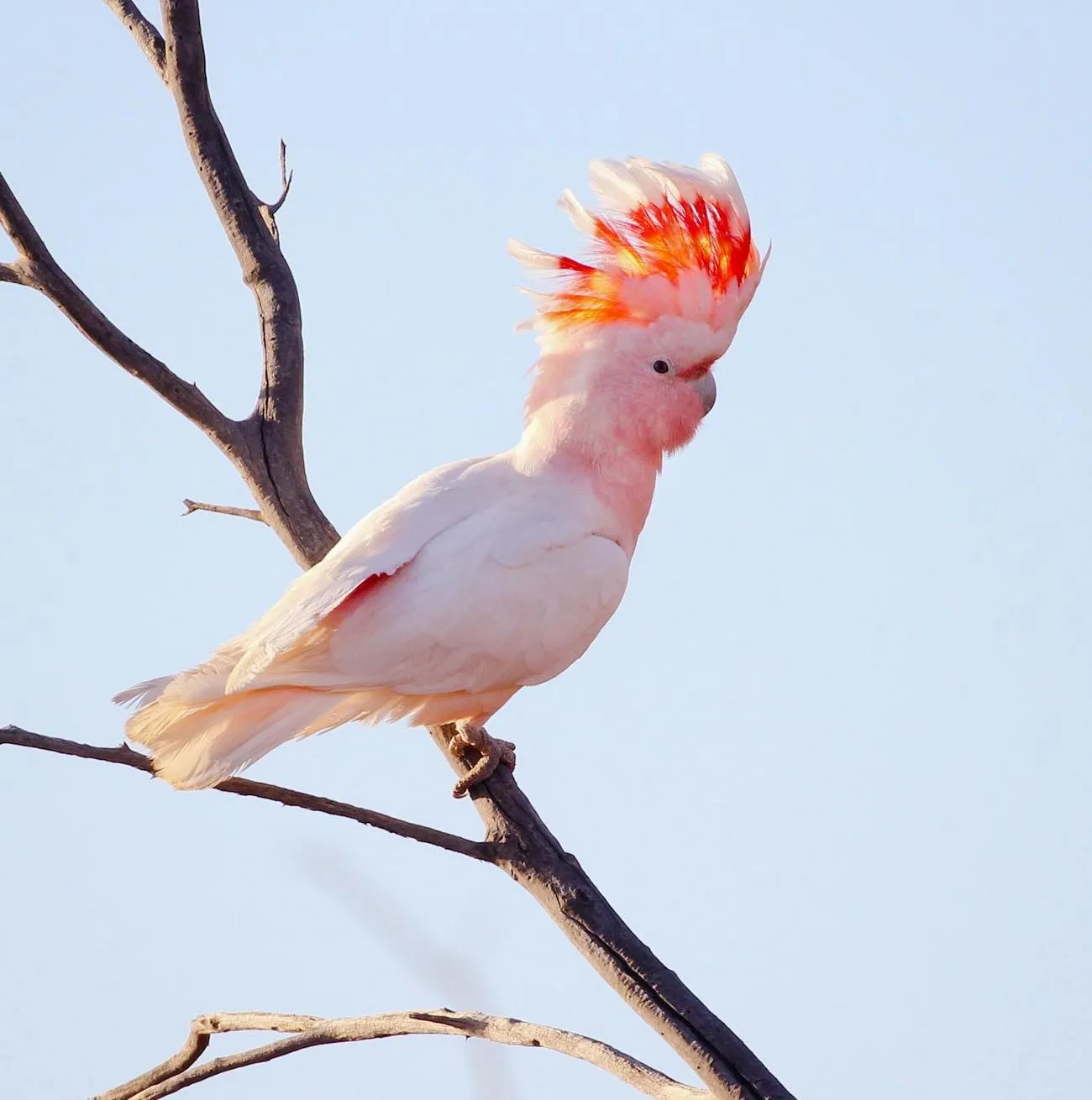

Mistletoe Birds
Mistletoe Bird (Dicaeum hirundinaceum) These little birds are found on the Larapinta Trail and in the dense forest of the Cape York Peninsula. They help spread mistletoe seeds through their diet. The male is very striking with a red breast and black upper body. The female is more subdued in colour. Mistletoe birds often flit between eucalyptus trees making soft melodious calls.
Crested Bellbird
Named for its bell-like calls the Crested Bellbird (Oreoica gutturalis) is a well-camouflaged bird that likes dense shrubs and woodlands. With its black crest and orange eye ring it’s a real showstopper when you see one. These birds are ventriloquist-like and can be hard to find amongst the many types of rocks in the area.
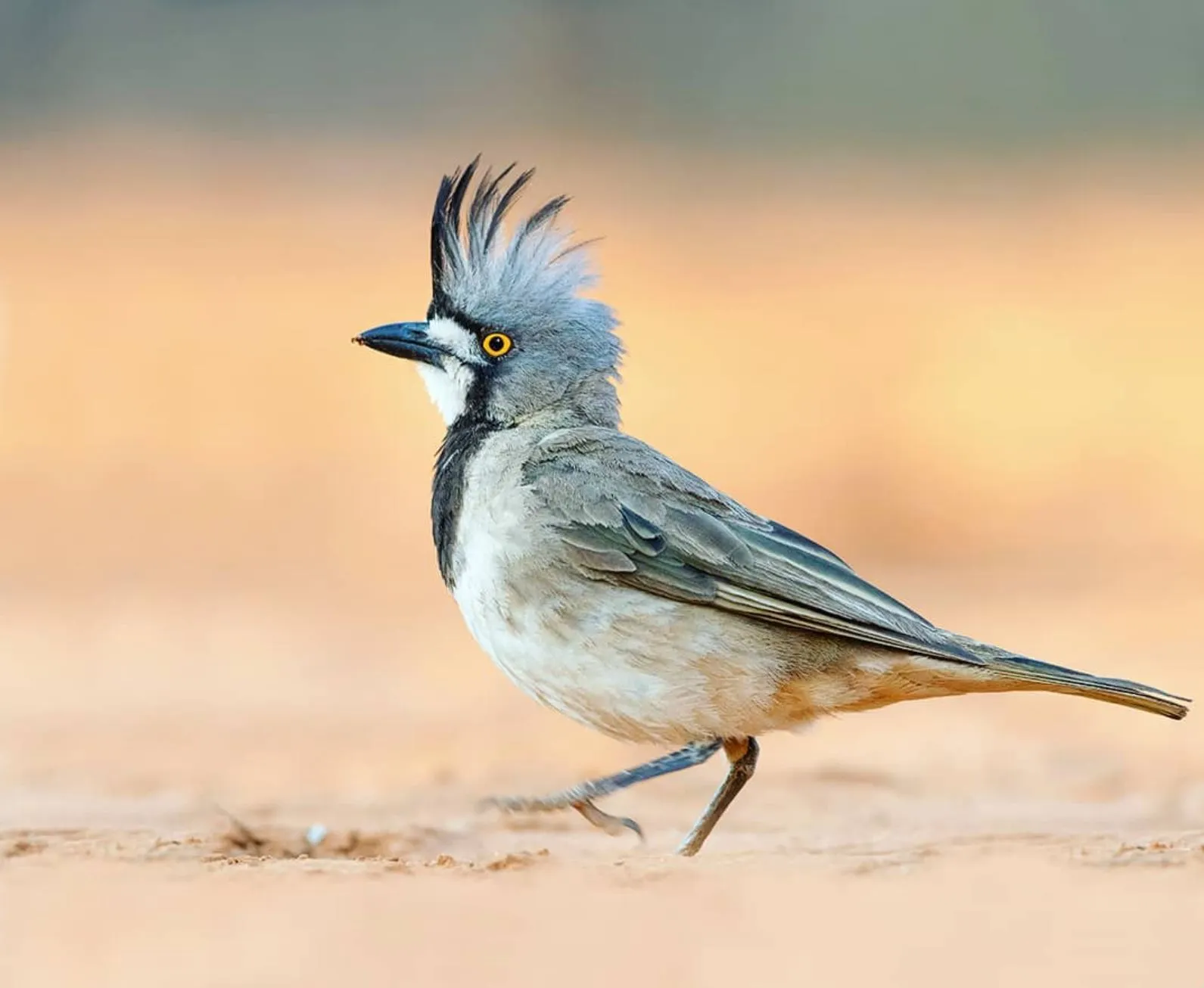
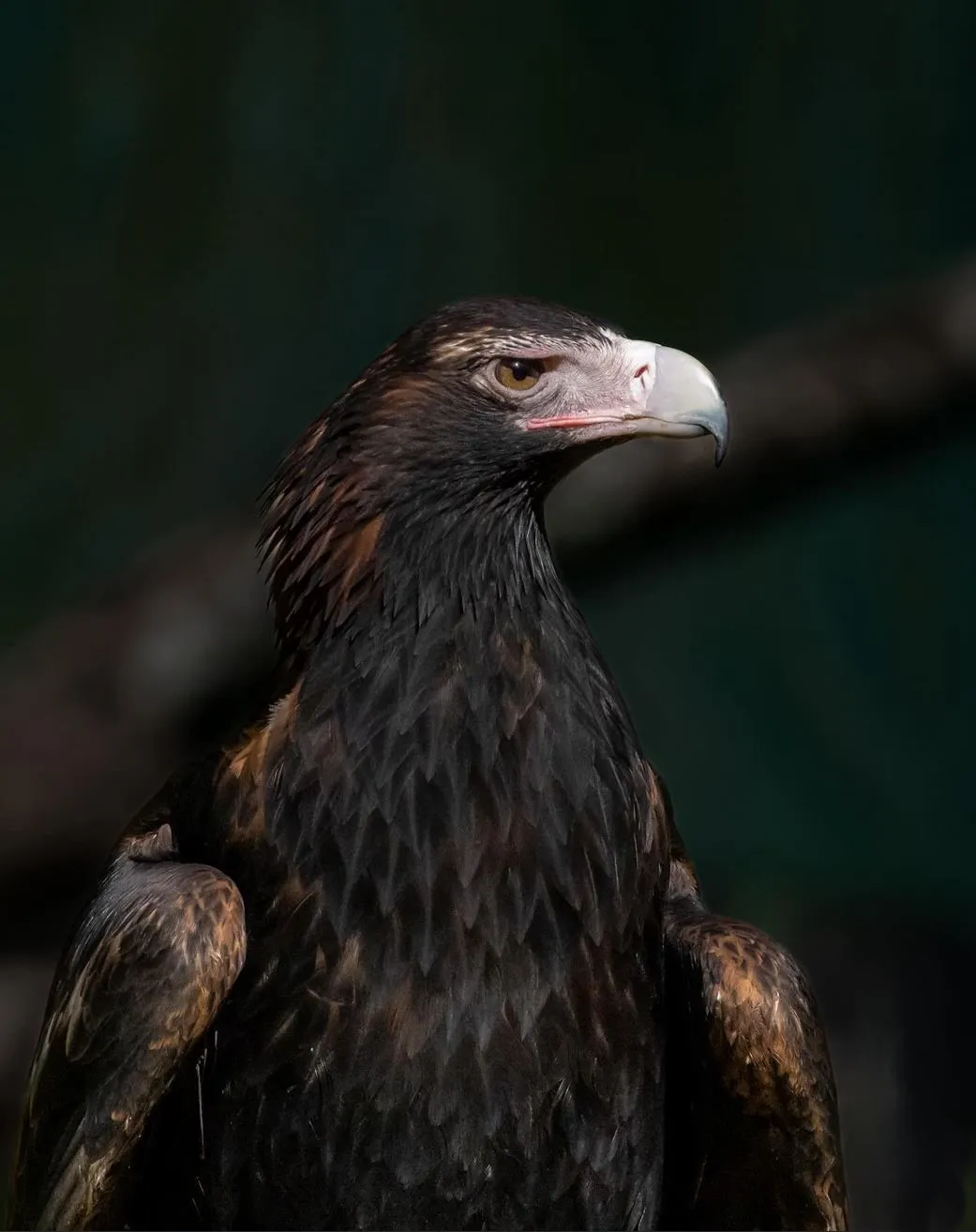
Wedge-tailed Eagle (Aquila audax)
As Australia’s largest bird of prey the Wedge-tailed Eagle is a big presence in the sky. With a wingspan of up to 2.3m they can be seen soaring over the Flinders Ranges and MacDonnell Ranges looking for food or riding thermals. Their long wedge-shaped tail makes them easy to spot.
Tips for Birdwatching
- Bring Binoculars: A good pair of binoculars will enhance your birdwatching experience by allowing you to see birds at a distance.
- Hike Early or Late in the Day: Birds are most active at dawn and dusk so these are the best times to see a variety of bird species.
- Stay Quiet and Patient: Many birds are skittish so keep the noise down and move slowly to increase your chances of sightings.
- Look Near Water Sources: Birds often gather near creeks, permanent waterholes and rivers so these are great places to birdwatch.
- Use a Field Guide or App: A bird ID guide, Bird species distribution maps or an app like Avibase – Bird Checklists will help you identify and log your sightings.
The Larapinta Trail is not only a tough trudge but also a wildlife and bird enthusiast’s paradise. From dazzling fairy-wrens to soaring eagles, the variety of birds you can see here makes every step of the journey a highlight. So pack your gear, hit the trail and keep your eyes to the sky—you never know what feathered wonders you might spot in this amazing region, part of the Alice Springs Orogeny and home to some of Australia’s most incredible creatures.
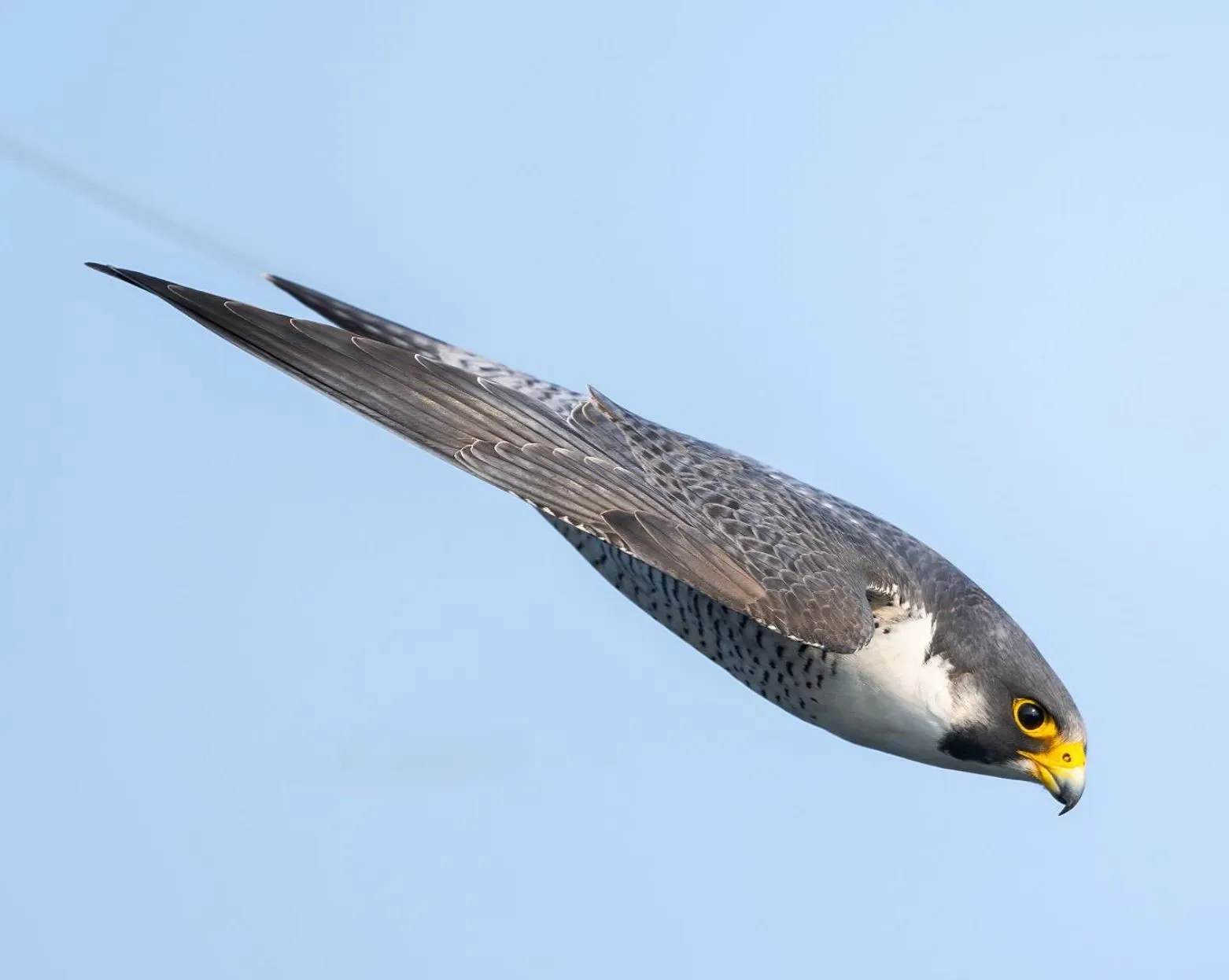
FAQ
When is the best time to go birdwatching on the Larapinta Trail?
The best time for birdwatching on the Larapinta Trail is during the cooler months from April to September. Birds are more active in the early mornings and late afternoons when it’s not too hot.
Do I need special gear for birdwatching on the trail?
Not required but a good pair of binos, a field guide and a camera will help. Apps like Avibase – Bird Checklists can also help with identification.
Are there any rare or endangered birds on the Larapinta Trail?
Yes, the Larapinta Trail has several rare and special species, including the Dusky Grasswren and migratory species. Observing and recording sightings helps with conservation.
Can I see birds at campsites or do I need to hike further into the trail?
Many birds can be seen at campsites, especially around water sources like Ormiston Gorge and Birthday Waterhole. But hiking into different landscapes, like rocky hills and shrub thickets will increase your chances of seeing more species.
What other wildlife might I see while birdwatching on the Larapinta Trail?
Besides birds you might see Black-footed rock wallabies, agile marsupials and various insects. The region is also home to an incredible diversity of native wildlife, including reptiles and wildflowers during certain seasons.
